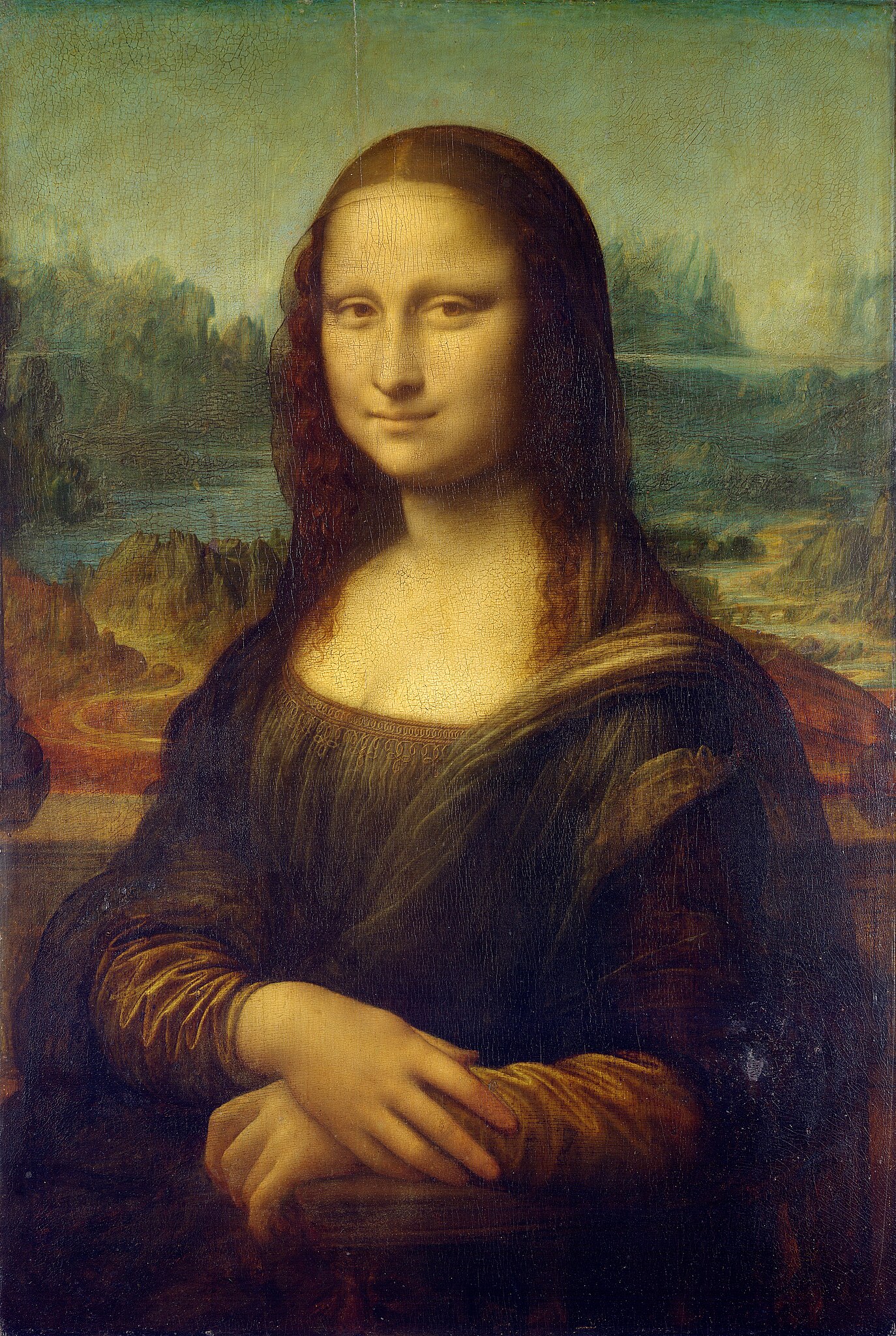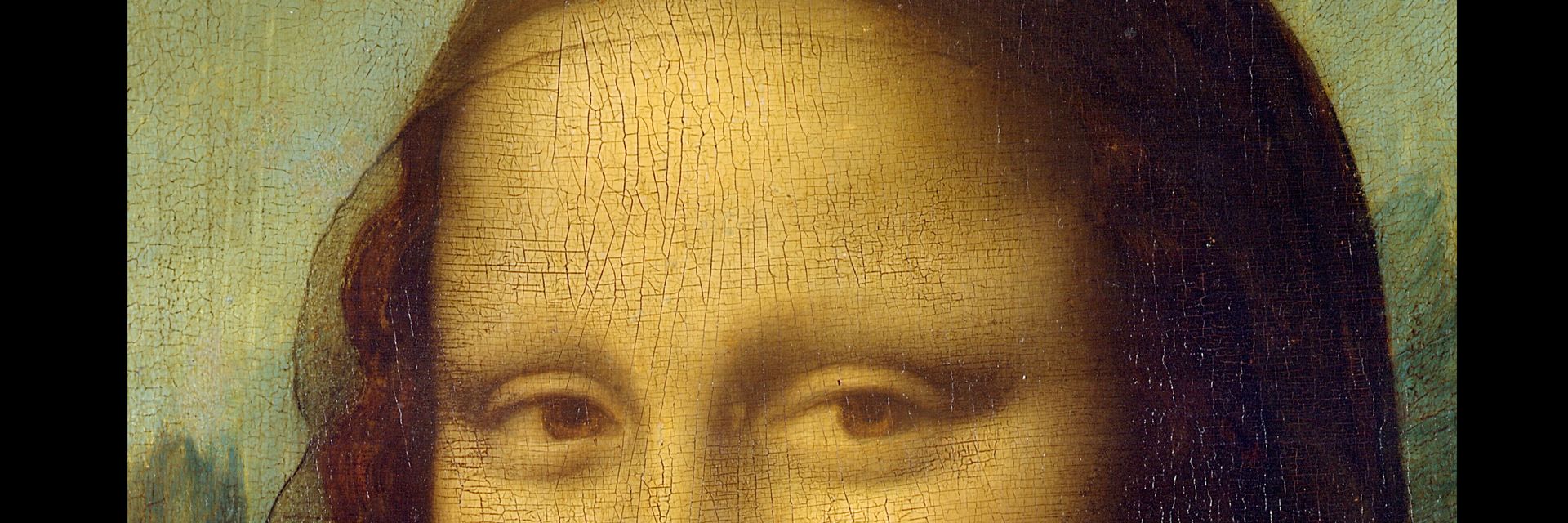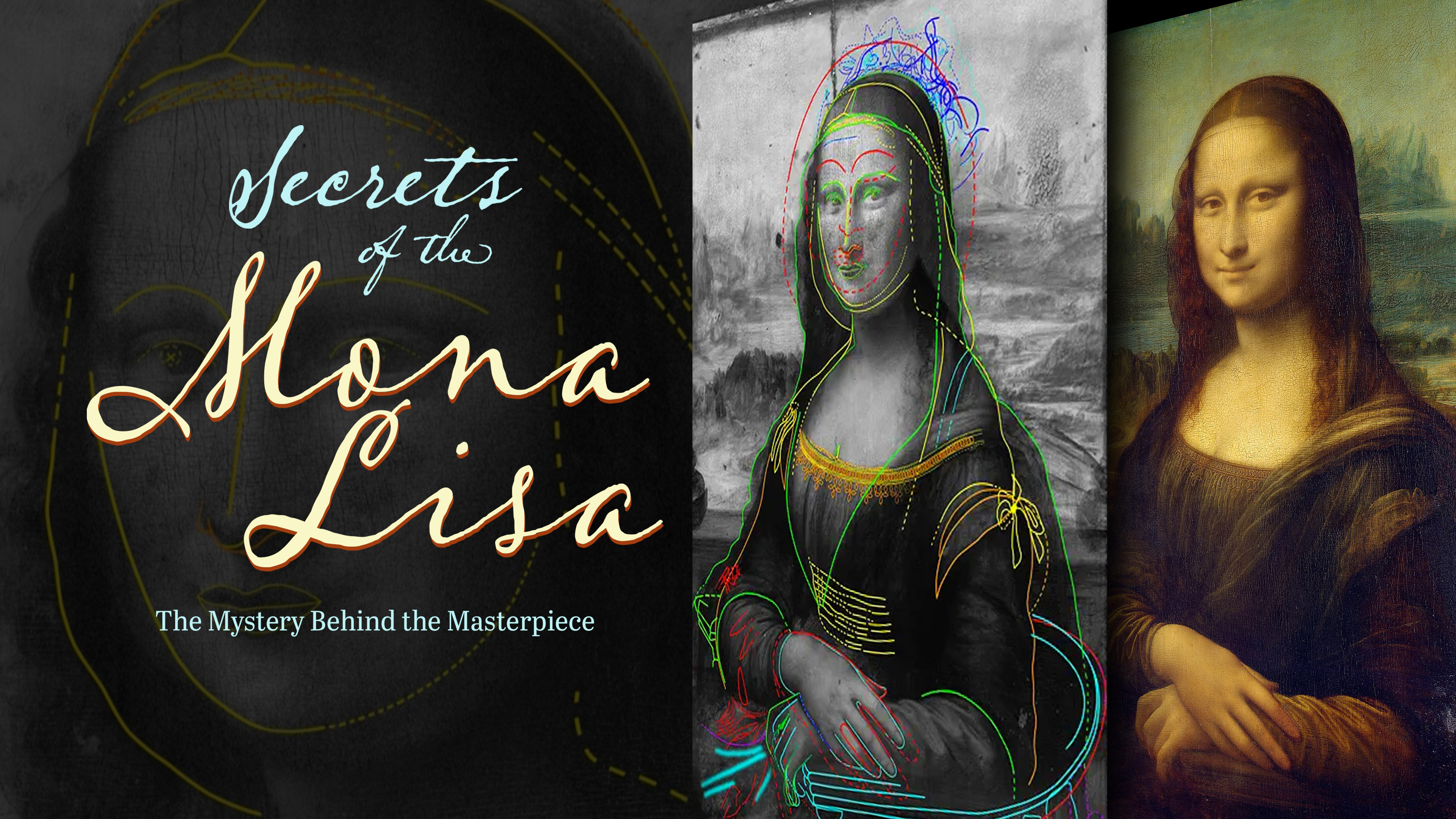Three intriguing recent discoveries about the Mona Lisa both confirm what we knew and challenge our understanding of this masterpiece.
◊
Over the past 20 years, numerous intriguing discoveries have been made regarding Leonardo da Vinci’s Mona Lisa, deepening our understanding of this iconic portrait. Following are three of the most significant findings.
Follow the trail to discover the facts coming to light regarding Leonardo’s masterpiece.
1 – The Identity of the Sitter
Exactly who is depicted in the Louvre’s Mona Lisa? Traditionally, the painting is believed to depict Lisa Gherardini, wife of Florentine merchant Francesco del Giocondo. This theory is supported by historical records and references by historian Giorgio Vasari, a contemporary of Leonardo. But is it accurate, or could the Mona Lisa have had a different sitter? Could it have been Leonardo’s boyfriend?
Recent archival research has only reinforced the original identification. In 2005, a researcher at the University of Heidelberg discovered a marginal note in a book dating from 1503 that confirmed Lisa Gherardini as the subject of the painting. The note was written by Agostino Vespucci, an acquaintance of Leonardo, who linked the portrait to Lisa del Giocondo.
2 – The Use of Hidden Techniques
Another fascinating discovery pertains to Leonardo’s use of the spolvero method in creating his masterpiece. This technique involves pricking small holes along the lines of a preparatory drawing and then using charcoal dust to transfer the outline onto the final surface.
 The Mona Lisa by Leonardo da Vinci, painted in 1503–1506 (Source: The Louvre, via Wikimedia Commons)
The Mona Lisa by Leonardo da Vinci, painted in 1503–1506 (Source: The Louvre, via Wikimedia Commons)
In 2020, high-resolution multispectral imaging revealed traces of a charcoal underdrawing beneath the surface of the Mona Lisa. Scientist Pascal Cotte identified this underdrawing, which suggests that Leonardo used the spolvero technique to transfer his initial sketch onto the wooden panel. The discovery of this technique provides insight into Leonardo’s meticulous approach and the preliminary stages of his creative process.
3 – A Rare Chemical Compound in the Paint
A third noteworthy discovery is the detection of chemical compounds such as plumbonacrite, a lead-based compound rare in Renaissance works, in the underpainting. This was identified in the Mona Lisa through advanced techniques such as X-ray diffraction and infrared spectroscopy.
Leonardo’s inclusion of plumbonacrite suggests he was experimenting with lead-based compounds to achieve specific visual effects. This could have contributed to the durability and luminosity of the paint and would have allowed Leonardo to build up layers more effectively, enhancing the depth and richness of the final image.
.jpg) Scores of tourists flock to see Leonardo’s Mona Lisa at the Louvre in Paris every day. (Credit: David Stanley, via Wikimedia Commons)
Scores of tourists flock to see Leonardo’s Mona Lisa at the Louvre in Paris every day. (Credit: David Stanley, via Wikimedia Commons)
Leonardo da Vinci: Creating a Portrait without Equal
These discoveries provide valuable insights into Leonardo da Vinci’s artistic process and his relentless pursuit of perfection through experimentation. They underscore his reputation not only as a master craftsman and a man of his time but also as a pioneering chemist who pushed the boundaries of the materials available in his day. They enrich our understanding of the Mona Lisa and offer a deeper appreciation of Leonardo’s artistic genius and his contributions to art and science.
Ω
Title Image: Leonardo da Vinci’s Mona Lisa, 1503–1506 (detail) (Source: The Louvre, Paris)


